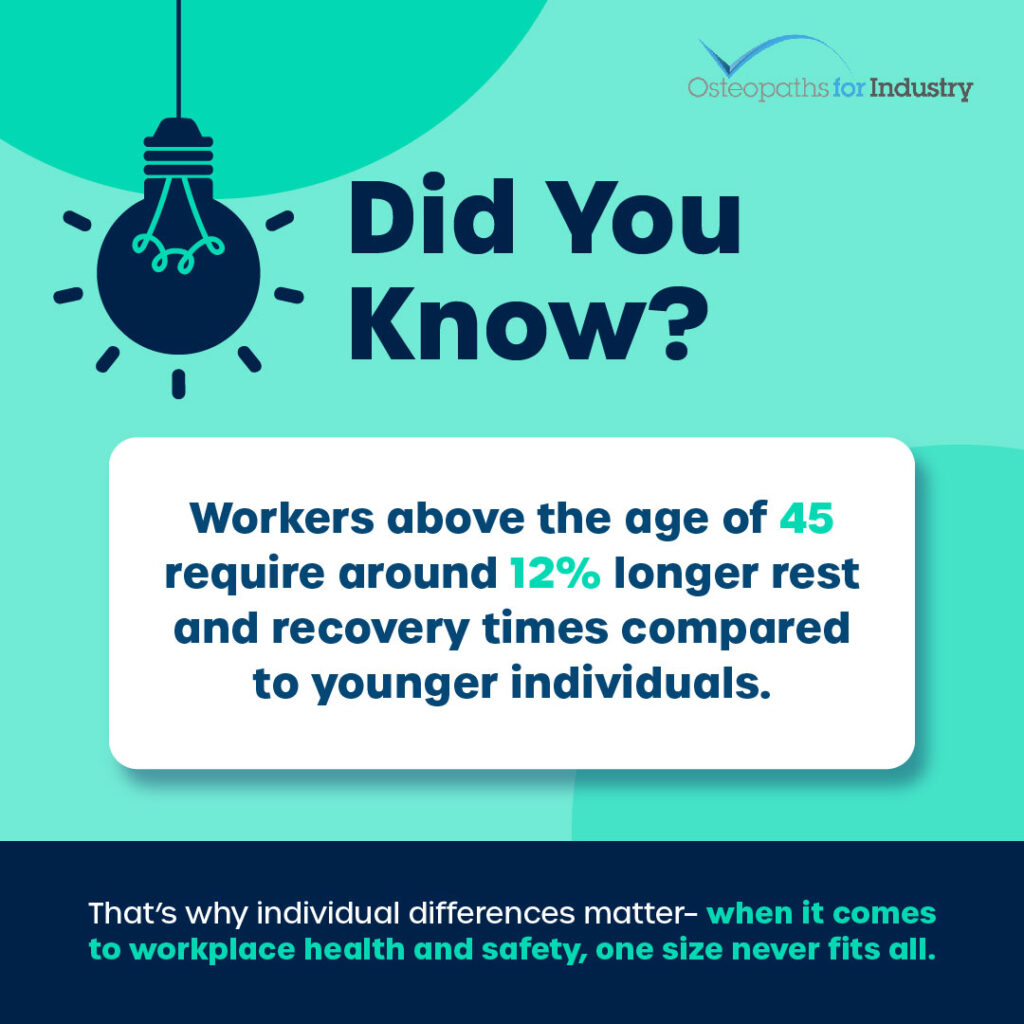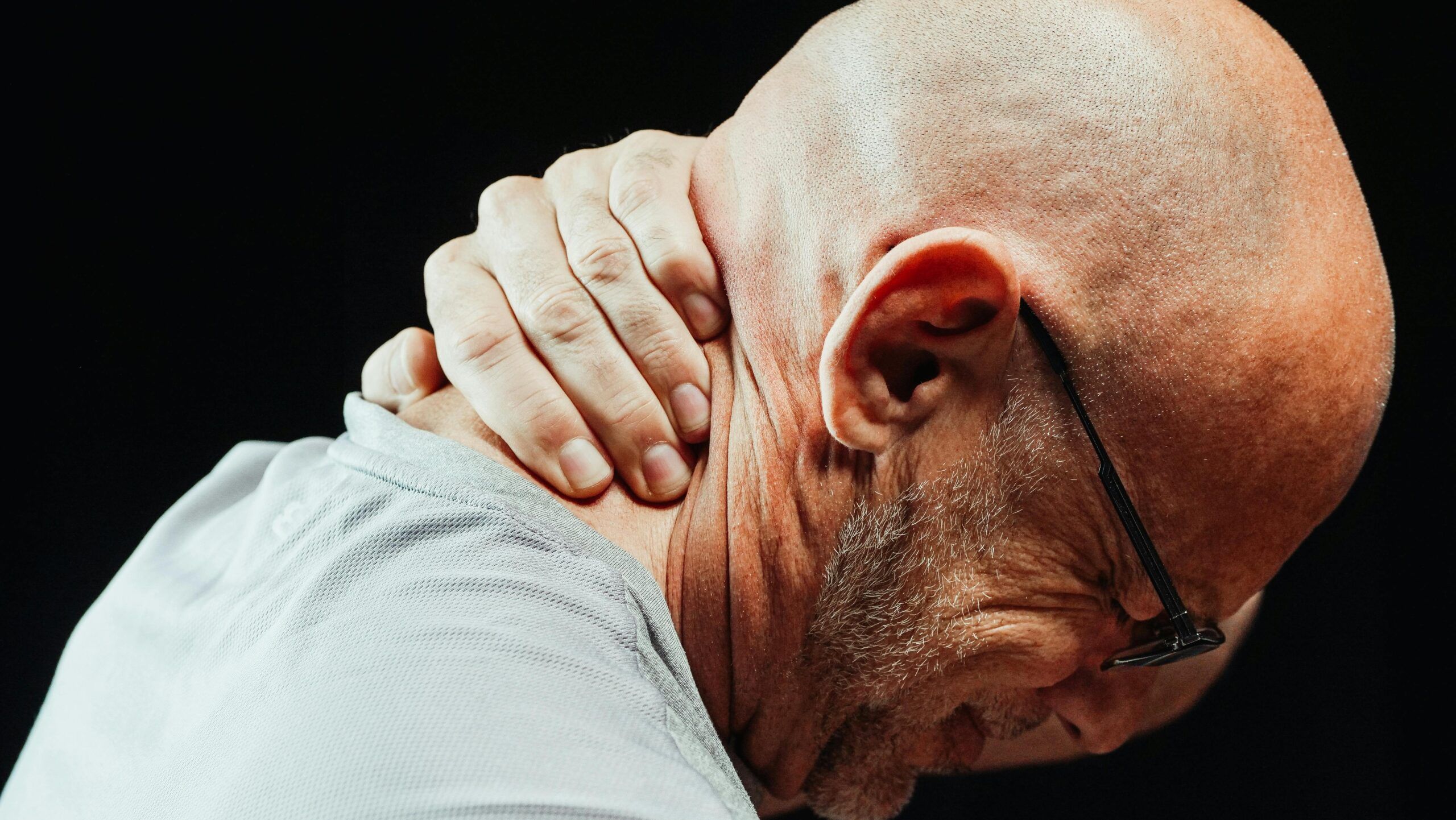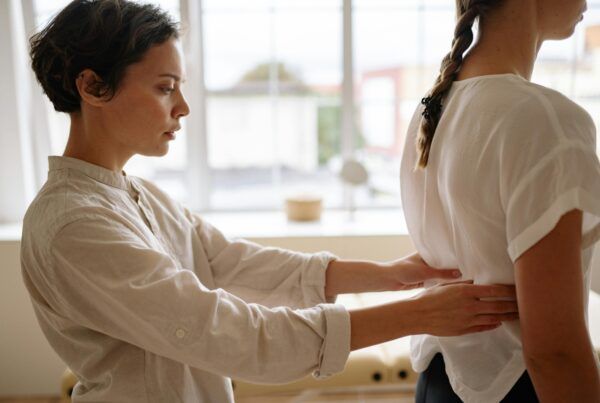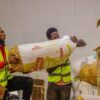As humans, we’re all different. We have different strengths, body sizes, fitness levels, and things we might need more support with, and this applies to our professional lives as well as our personal ones. Recognising and adapting to the individual differences of employees is not only an essential aspect of creating a productive work environment but is also crucial for maintaining your team’s musculoskeletal health. Some factors may increase the risk of developing health problems, while others might make people in your team reluctant to report a safety issue. Therefore, it couldn’t be more important for employers to be aware of how these differences affect musculoskeletal risk and subsequently implement the most helpful preventive strategies needed to mould workplace and task design and thus reduce injury risk.
Individual Differences and Risk Factors
Every person is unique, and these differences can manifest in a variety of ways that can all influence our susceptibility to musculoskeletal problems. The following factors in particular play a key role in shaping an individual’s experience in the workplace:
- Disparities in competence or skills.
- New employees requiring time to attain essential job skills.
- Workers with diverse body sizes – this encompasses height, reach, etc., and can potentially result in suboptimal postures during manual tasks.
- Vulnerable groups, such as older workers and individuals who are new to the job or expecting a baby.
- Considerations related to health status and disability.
- Individual attitudes or characteristics that could influence adherence to safe work practices or the reporting of symptoms.
DID YOU KNOW?
More mature workers (above 45 years of age) require around 12% longer rest and recovery times compared to younger people. Be sure to take the age of your staff into account when delegating manual handling tasks, as exhaustion greatly increases risk of injury!

Designing Tasks for Diversity
It is imperative to design tasks with an acute awareness of individual differences in order to mitigate the risk of musculoskeletal injuries. While there is no one-size-fits-all solution, a thorough risk assessment that takes into account the diverse attributes of your workforce is a non-negotiable step. This may involve creating task variations that accommodate different body sizes, providing training tailored to individual learning speeds and methods, and considering the unique circumstances of vulnerable groups.
New Employees and Returnees
New employees, especially young workers, and those returning to work after a period of extended absence (due to holidays, sickness, or injury) require special attention. Regulation 12 of the Management of Health and Safety Regulations 1999 outlines specific requirements concerning new employees, emphasising the importance of a gradual integration back into their role. This is because introducing or resuming work at a slower pace allows individuals to acclimatise and adjust to the demands and requirements of their roles, develop effective working practices, and absorb training more comprehensively. This can all help them prepare to transition to a standard work rate. New workers are at a higher risk of contracting damaging conditions such as upper limb disorders, which include serious musculoskeletal issues including carpal tunnel syndrome, tendonitis, and more. It is crucial to prioritise the safety of new workers in order to ease them into their role until they are confident in executing manual handling tasks.
If you’re interested in learning more, you can refer to OFI’s resources about how to support new and ageing workers.
A Holistic Perspective
Embracing a holistic perspective is essential for cultivating a workplace environment that prioritises musculoskeletal health for all. By acknowledging and accommodating individual differences, you can create a culture that not only prevents injuries but also cares for and contributes towards the overall well-being of your workforce.
It’s also vital to promote a culture where your team feels comfortable reporting potential health issues to you without fear of annoyance, frustration, or not being listened to. This can be achieved by emphasising the importance of workplace safety and creating an environment where people don’t feel judged for stepping forward. Consider taking time out for team-building activities and regular health and safety courses to ensure your employees feel confident and safe amongst everyone they work with.
OFI’s personalised risk assessment services can help you identify, prevent and mitigate the risk of injury to your staff. Whether you are looking for a simple risk assessment or want to train your staff as in-house risk assessors, our team of experts has you covered. We provide expert, in-depth assessments on:
In Summary
Understanding and addressing individual differences is a cornerstone of an effective musculoskeletal health strategy. By recognising the unique attributes of each employee, workplaces can create environments that promote health, safety, and productivity, ultimately contributing towards a happier and more resilient workforce.








